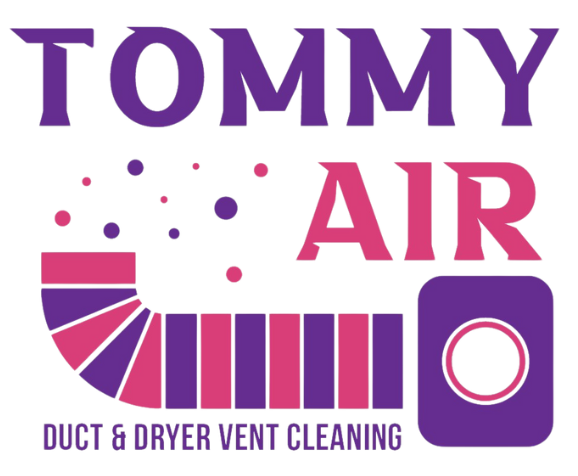Chimney Sweeping
- Home
- Chimney Sweeping
Overview
Chimney sweeping is essential for maintaining a safe and efficient chimney system. Regular sweeping removes soot, creosote, and blockages, which helps prevent chimney fires, improves airflow, and ensures efficient burning. Over time, buildup in the chimney can restrict airflow, increase smoke backflow, and create dangerous conditions for your home.
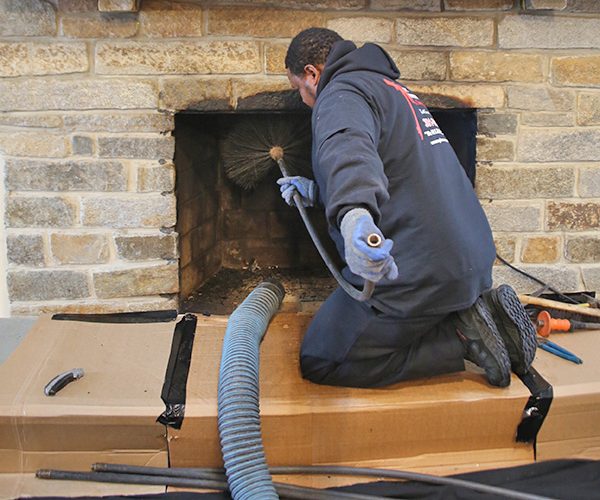
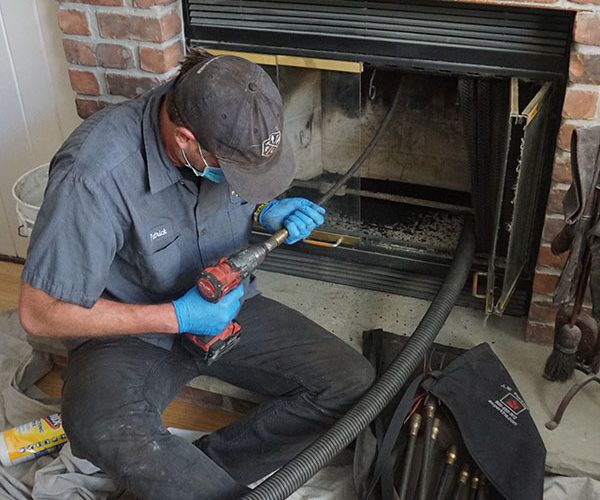
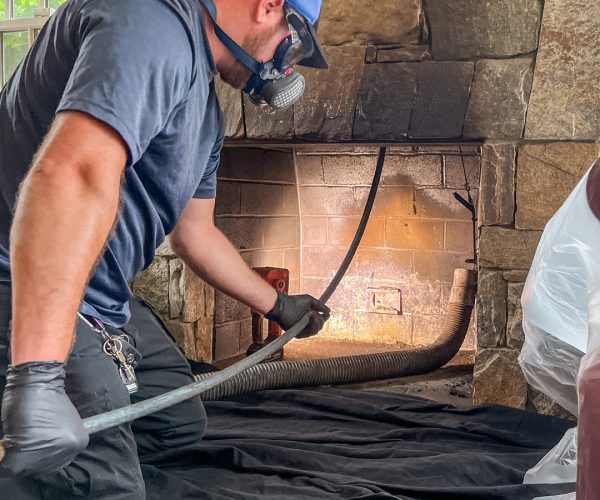




Challenges
- Creosote Buildup: This highly flammable residue accumulates from burning wood and can increase the risk of chimney fires.
- Obstructions: Leaves, animal nests, and other debris can block the chimney, preventing proper ventilation.
- Access Difficulty: Chimneys can be hard to access and clean effectively without professional equipment and experience.
- Structural Wear: Over time, masonry and flue liners can deteriorate, requiring inspection and possible repairs.
- Smoke Backflow: Without regular cleaning, restricted airflow can cause smoke to flow back into the home, reducing air quality and comfort.
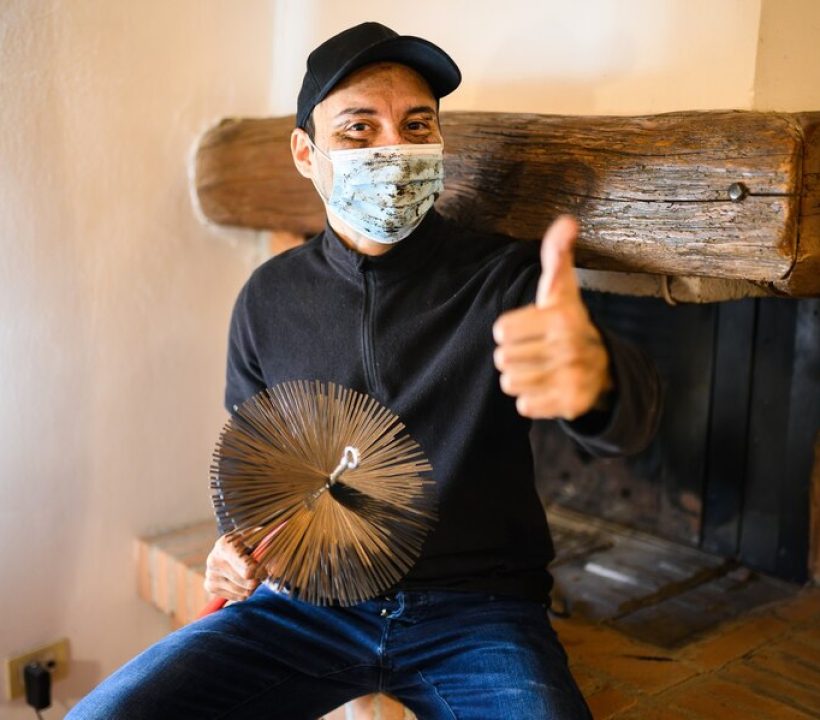
FAQs
General Question
Have questions? Check out our FAQs for quick answers about our services, cleaning process, and scheduling to help you make an informed decision.
It’s recommended to sweep your chimney at least once a year, especially before the colder months. Heavy fireplace users may need more frequent cleanings.
Signs include a strong, smoky odor, difficulty starting fires, poor ventilation, and visible soot or creosote buildup.
Yes, creosote buildup is highly flammable, and if not cleaned, it can ignite, leading to a dangerous chimney fire.
While some may attempt it, professional chimney sweeping ensures a thorough, safe cleaning and allows for early detection of structural issues.
A typical chimney sweep takes about 45 minutes to an hour, though the time may vary based on chimney condition and size.
Yes, a clean chimney allows better airflow, improving burn efficiency and helping your home retain more heat.
